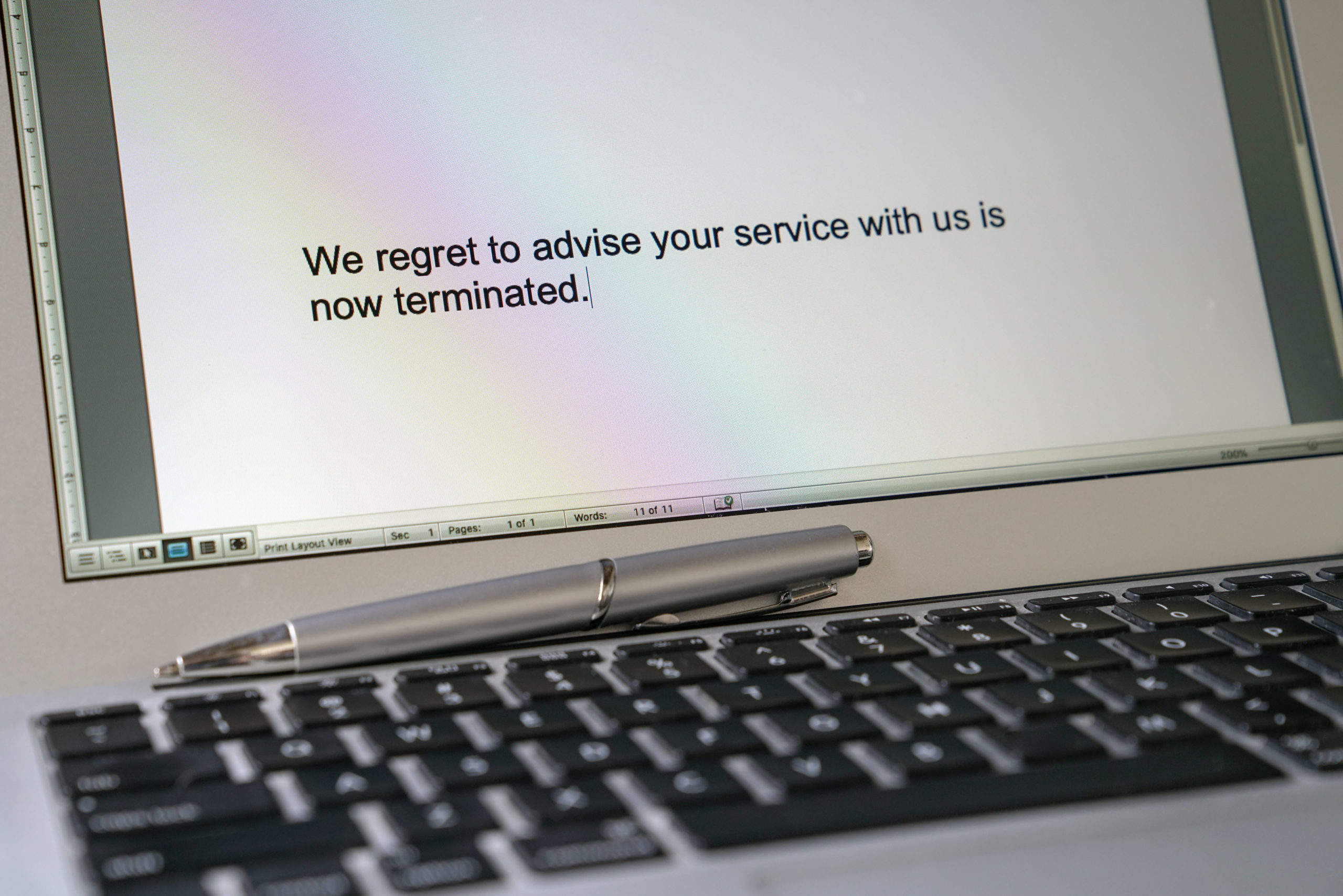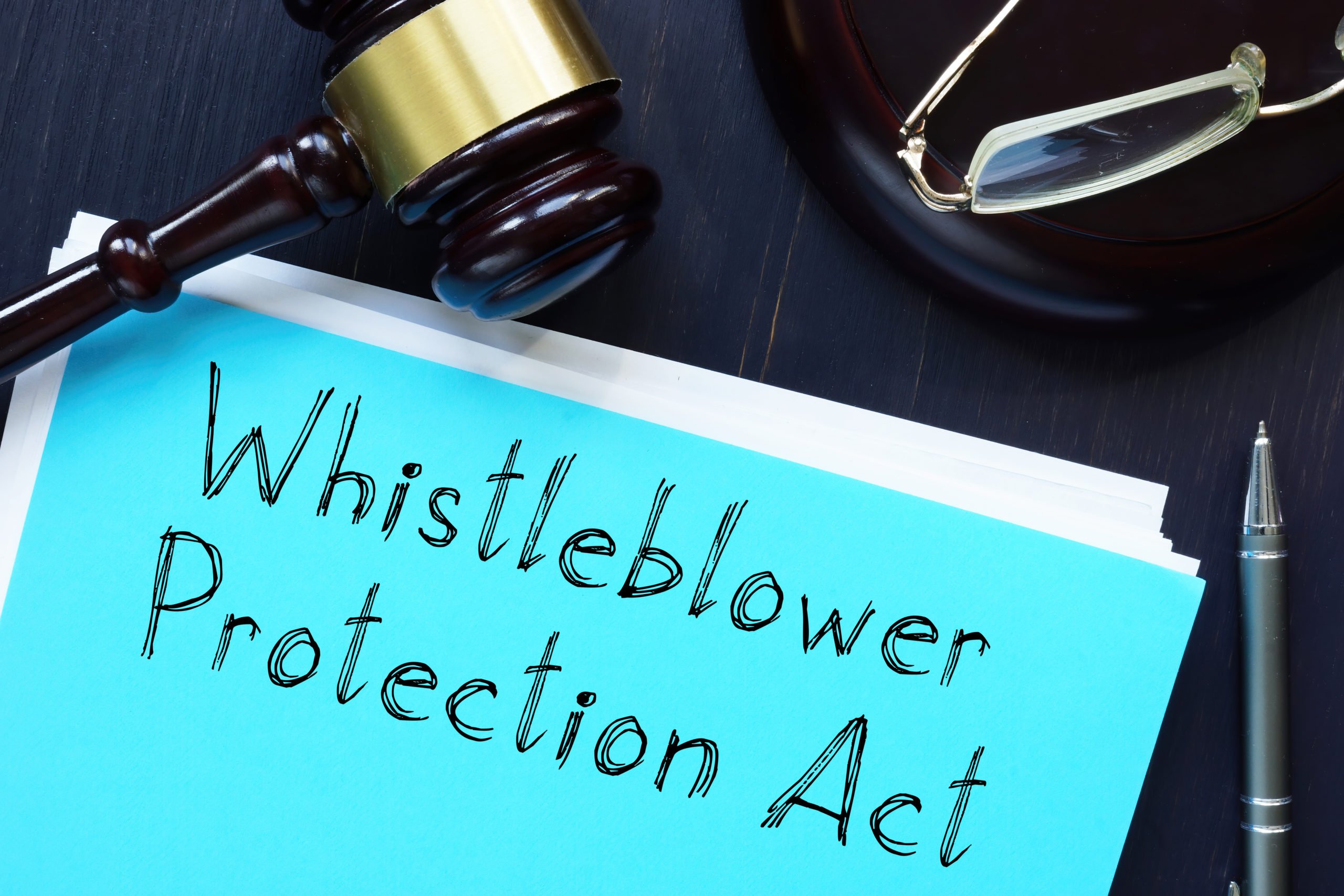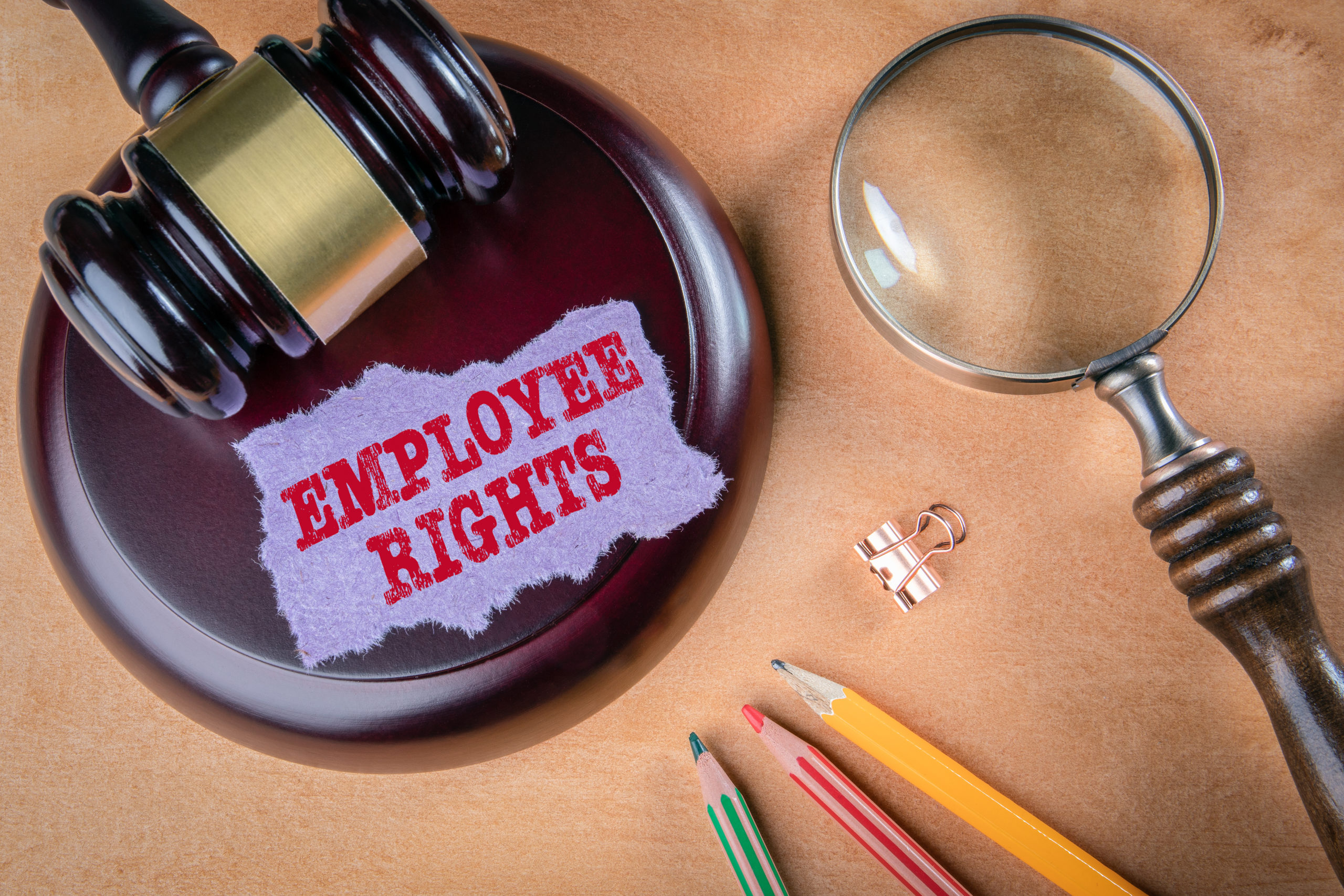In the popular television show CSI, supervisor Gil Grissom parted with the same words of advice for the members of his team.
“Follow the evidence.”
In the world of employment law, following the evidence is critical in winning a claim or a civil lawsuit. This is especially true for wrongful termination cases, which churn out plenty of paperwork that an employee can use to build a powerful case.
However, gaining access to documents that act as evidence in a wrongful termination case is easier said than done. Employers generate most of the paperwork that is associated with employees. Working with an experienced wrongful termination attorney can help you persuade your employer to hand over copies of the important documents, as well as help you gather and organize the documents that you need to win a wrongful termination claim or civil lawsuit.
Evidence Required to Win a Claim or a Lawsuit
Presenting convincing evidence when filing a wrongful termination lawsuit or claim does two things for you. First, it demonstrates the actions taken by your employer that a government agency or a civil court judge might find to be unlawful. Second, hard evidence allows your lawyer to rely less on witness accounts of what transpired in your workplace.
Let’s start with your personnel file since it contains the most important documents.
Personnel File
Everything about the time you spent with your employer should be in your personnel file. Disciplinary records and performance reviews can help you make a case for wrongful termination. For example, let’s say a supervisor gave you a glowing performance review five days before a manager told you to clean out your desk. There is a major discrepancy here that your attorney can exploit.

If you do not have a record of any disciplinary actions taken against you by your employer, your lawyer can argue that you did not deserve to be fired.
Employee Handbook
Inside most employee handbooks is a section that describes in detail what type of actions and activities can get an employee terminated. The section discussing termination can include reasons such as theft, insubordination, and excessive profanity. If your employer fired you for a reason that is not listed in the employee handbook, your employment attorney can argue that you did not violate company policy. Employee handbooks also describe the employee disciplinary process, which your employer is supposed to follow. For example, if termination is the fourth step of the disciplinary process, but your employer skipped steps two and three, your lawyer can argue that your employer did not follow the correct employee disciplinary process.
Digital Evidence
Saving every email sent by a co-worker, including your manager and supervisor, can help you when the time comes to file a wrongful termination claim or lawsuit. Emails can reveal discriminatory statements, as well as inappropriate messages that constitute harassment. Maybe one or more of your professional peers received derogatory messages from a manager regarding your personal and/or professional life. You should also check recent social media posts to determine whether the person who fired you left a digital trail of evidence that you can use in court.
Witness Statements
Although you need hard evidence to win a wrongful termination claim or lawsuit, witness accounts that support your evidence can be the difference between walking out a government agency office door vindicated or leaving a courtroom speed dialing prospective employers. You should obtain witness statements from multiple sources, with each source telling the same story about how your employer wrongfully terminated you. Written witness statements work for government agency hearings, while a civil lawsuit requires witnesses to appear in court to provide testimony.
Medical Evidence
You might be thinking, “What does medical evidence have to with a wrongful termination claim or lawsuit.” The answer is if your employer broke the law when terminating you, the termination might have caused you pain and suffering. Maybe you started to lose sleep or suffered a medical ailment that was directly connected to a high level of stress. Whatever the reason, the results of diagnostic tests combined with a prognosis statement issued by your doctor can help you receive monetary damages for pain and suffering.
Seek Legal Advice on Submitting Evidence
Your California-licensed employer lawyer conducts a thorough review of your case to determine how to proceed. If there is not enough evidence, your attorney can either recommend settling with your employer or sending your employer a formal request for every document associated with your personnel file. Most attorneys that file wrongful termination lawsuits work on a contingency fee basis, which means they get a percentage of the monetary damages awarded by the judge presiding over the case.





